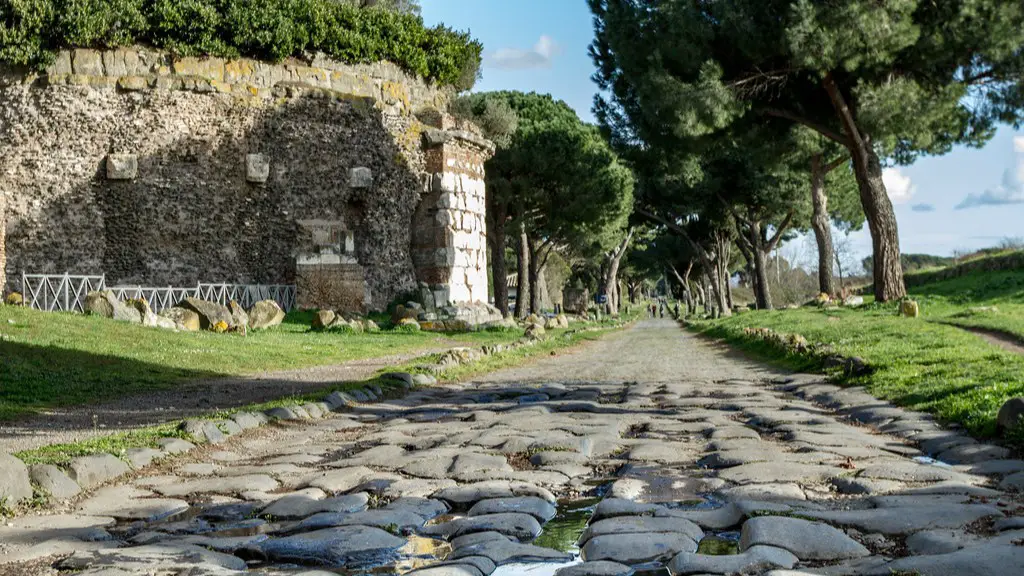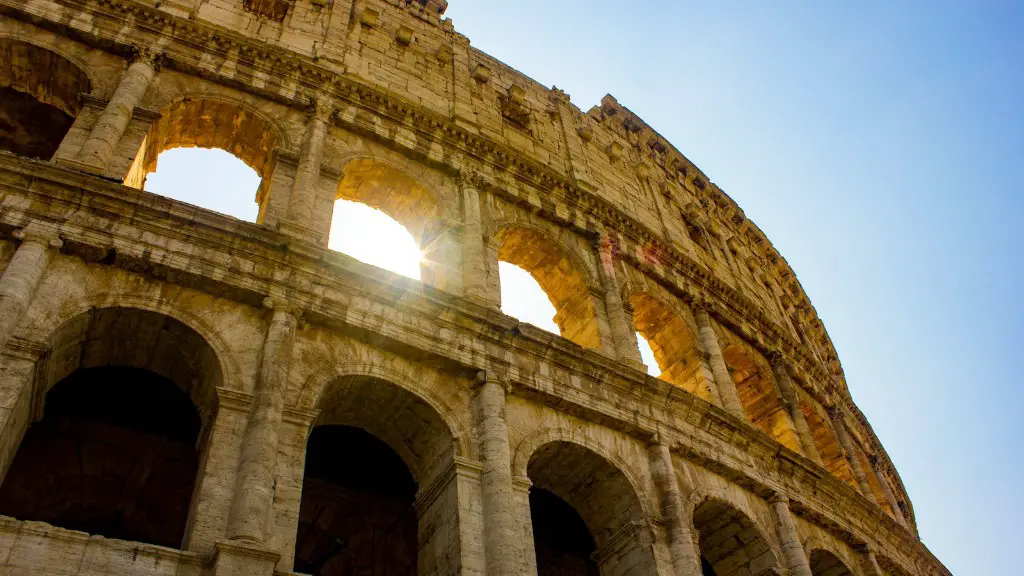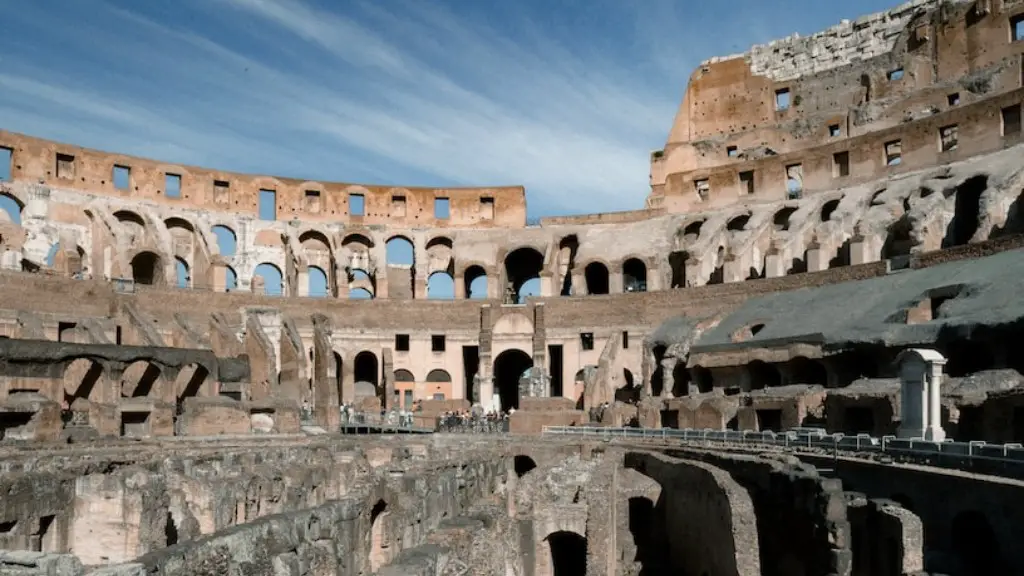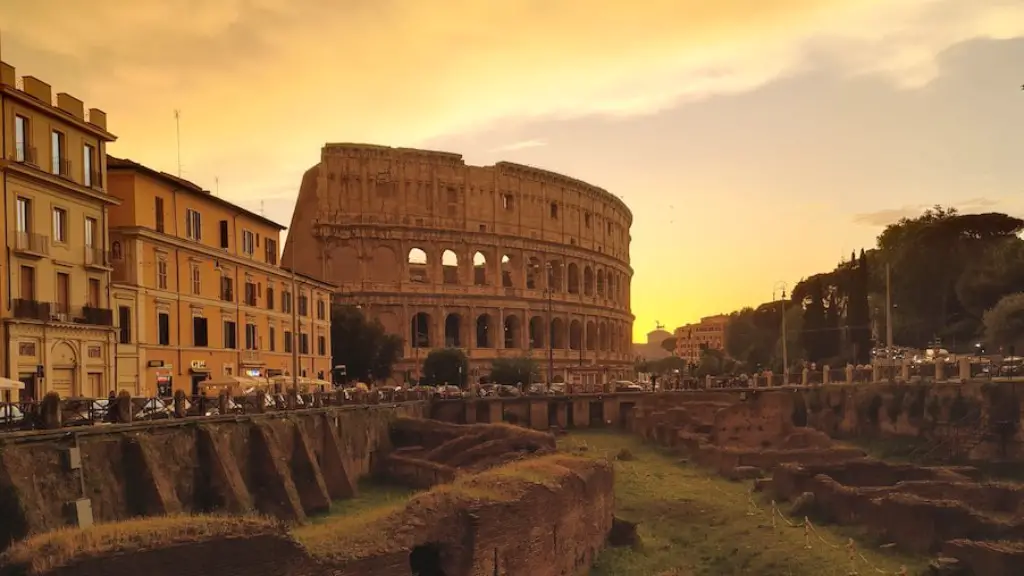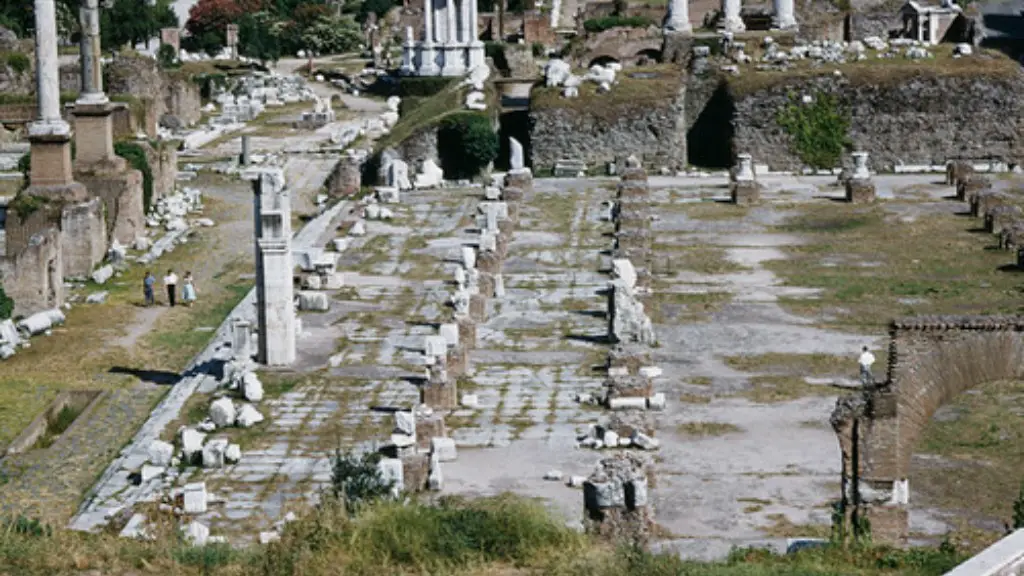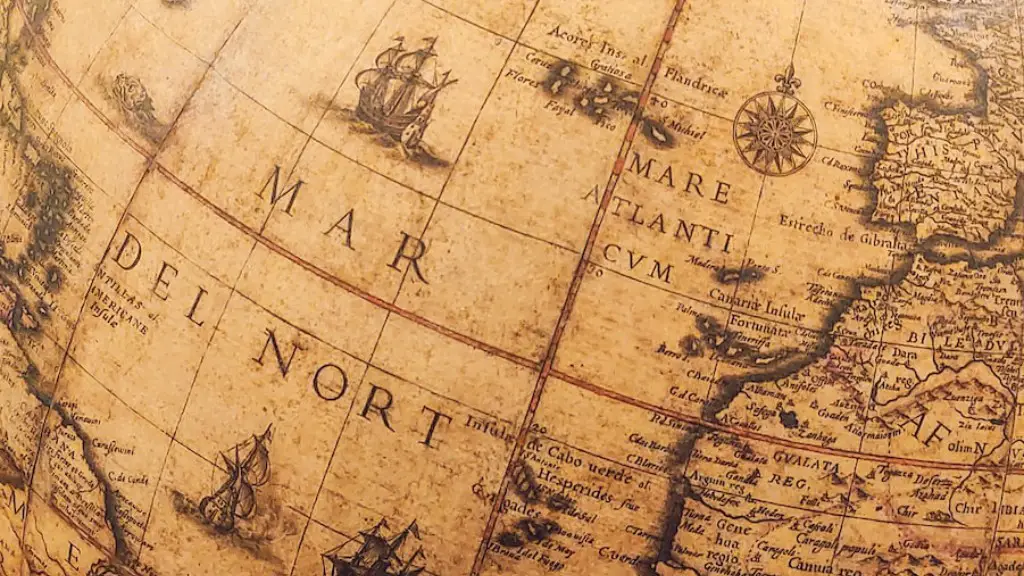The government of ancient Rome was an intricate business, a far cry from many of the modern governments we know today. It was characterized by an intensely hierarchical structure that provided separate levels of representation and power to a host of different classes and professions, including magistrates, the Senate, municipal officers, and the citizens. While it was not a perfect system, by any means, it was effective in many ways and provided stability for centuries.
At the highest level of government was the Emperor, who had complete control over the Roman Empire and was answerable to no one. Roman emperors could exercise military and judicial powers, appoint officials, and create laws. Below the emperor were two consuls, elected for one-year terms by popular vote. The consuls served as magistrates, leading the Senate and, when necessary, taking votes from the citizens. The Senate provided advice to the emperor and was made up of patrician nobles.
Below the consuls and the Senate were the municipal magistrates, who were largely responsible for implementing Roman law. These included quaestors who managed finances, aediles in charge of city services, and praetors in charge of the courts. Cities, towns, and villages all had their own municipal officers whose job it was to obey and enforce the laws of Rome.
The citizens of Ancient Rome had a role to play in the government too, as they could vote in elections, as well as form juries to decide cases in court and enforce decrees in the provinces. They could also pass laws and protect public order, as long as they received the approval of the Senate or the emperor. The citizens also had the right to appeal to the emperor in the event of a dispute with an official.
The government of Ancient Rome was not infallible, and sometimes decisions made by the emperor and the Senate were not in the best interests of the people. However, the citizens of Ancient Rome did have a say in the decisions that were made and had a degree of control over their lives. This structure ensured that, for centuries, Rome was one of the most successful and powerful empires in the world.
Currency in Ancient Rome
The economy and currency of Ancient Rome were the backbone of the government, allowing the Rome and its citizens to prosper and grow. Originally, Ancient Rome used bronze and copper coins, as well as gold and silver, known as aurei and denarii. The coins were used for economic transactions, to pay salaries to government officials, and to pay taxes. They were minted in Rome by private corporations, which were often owned by the wealthy noble families.
The currency of Ancient Rome was incredibly stable, with standard weights and sizes for each type of coin. This stability allowed commerce to flourish in the Roman Empire, and ensured that it remained a powerful force throughout Europe and the Mediterranean basin. The value of the coins was also closely monitored and regulated by the government, creating a high degree of confidence in the value of the currency.
The Roman currency was designed to evoke images of the government, with coins featuring the portraits of emperors and symbols of the Roman gods. This helped to spread the influence of the empire and its political leaders, and to spread Roman culture around the world. It was also used as a form of propaganda, with some coins featuring the emperor claiming victory over a foreign people or announcing a new construction project.
The currency of Ancient Rome was a vital part of its economy, allowing for the spread of Roman influence, the strengthening of government control, and the growth of commerce within the empire. It was one of the main reasons for Rome’s success and its lasting legacy.
Military in Ancient Rome
The Roman military was one of the most successful and advanced in the ancient world, and was key to the success of the Roman Empire. The Roman military was divided into several branches: the legions, the auxilia, and the equites. The legions were the main fighting force and were made up of citizens of Rome. The Roman army was renowned for its discipline and training, and was able to easily defeat enemies and conquer new territories.
The auxilia were the non-citizen soldiers of the Roman army, made up of non-citizens from other parts of the Roman Empire. The auxilia could serve in almost any capacity, from auxiliary infantry to cavalry, and from engineering to artillery. The auxilia could take part in battles and sieges, providing a vital support role for the legions.
The equites were a special force of the Roman army, made up of the wealthy citizens of Rome. The equites provided a prestigious force of cavalry to theRoman military and could take part in combat as well as provide support to the legions. The equites were also responsible for the funding and maintenance of the Roman legions.
The Roman military was a crucial part of the success of the Roman Empire and its government. It provided a powerful fighting force that could easily defeat enemies and spread the influence of Rome. The military was also closely linked to the government, as the military commanders had a close relationship with the emperor.
Law in Ancient Rome
The law in Ancient Rome played an important role in the functioning of the government, as it was the primary way in which the citizens of Rome were expected to behave. The laws in Ancient Rome were incredibly complex, but they were mainly based on custom and tradition. Many of the laws were designed to protect the aristocracy, the upper class of citizens, and were enforced by the Praetorian Guard, a powerful military force that served the emperor.
Roman law was divided into several categories, including civil law, criminal law, and public law. Civil law was mainly concerned with disputes between citizens, while criminal law was concerned with punishing those who broke public laws. Public law was concerned with laws that applied to the whole of Roman society.
The law in Ancient Rome was incredibly strict, and those who broke the law would have to face severe punishments. These punishments could vary, from fines and imprisonment to exile and even death. Citizens also had the right to appeal to the emperor in the event of a dispute, though these appeals were rarely successful.
The law in Ancient Rome was one of the key parts of the government and its rules. It helped to uphold order and provided citizens with a level of protection from the ruling elite. It also provided a sense of stability, which helped to maintain the power of the Roman Empire for centuries.
Education in Ancient Rome
Education in Ancient Rome was an important part of the government, with schooling being compulsory for all citizens. Education was provided by private tutors and schools, with some of the wealthiest families even employing private tutors to teach their children. There were also state-funded schools, which provided free education to all citizens.
The curriculum taught in Ancient Rome was mainly focused on grammar, rhetoric, music, and Latin, as well as mathematics, geography, and philosophy. These subjects were designed to prepare students for the life of a politician, orator, and scholar. Students were also taught Roman history and the Latin language, which was the official language of the Roman Empire.
Education in Ancient Rome was a key factor in the success of the Roman Empire. The educated citizens of Rome were highly skilled and knowledgeable, allowing them to become prominent figures in government and science. Education also played a role in the spread of Roman culture and law, as educated citizens were able to lead their communities and implement the policies of Rome.
The education system of Ancient Rome was an essential part of the government and the success of the Roman Empire. It provided the citizens with the knowledge and skills needed to take part in the government, and to contribute to the spread of Roman culture.
Religion in Ancient Rome
Religion was an important part of life in Ancient Rome, with the state religion having a major influence on politics and government. The state religion was based on the worship of the Roman gods, such as Jupiter, Juno, Minerva, and Mars. Other gods and goddesses were also worshipped, including Ceres, Venus, and Diana. Religion played a key role in Roman public life, with public holidays such as Saturnalia and the Vestalia being celebrated.
The emperor was at the centre of the religion, as he was thought to be the representative of the gods. The emperor was seen as the ruler of the gods and was responsible for controlling and ensuring the balance of the gods and goddesses in the Roman state. The emperor was also responsible for ensuring that the gods were propitiated and that their wishes were respected.
The state religion also had a significant impact on politics and government, as it provided the ideological basis for many of the laws and policies in Rome. Religion was also used to legitimize the rule of the emperor and to provide him with a divine mandate. This helped to ensure the loyalty of the citizens, as they believed that the emperor had the favour of the gods.
The religion of Ancient Rome was a key part of the government, providing a basis for the state’s laws and policies, and helping to legitimize the rule of the emperor. It was also an important part of Roman public life, with public holidays and festivals celebrating the gods and goddesses.
